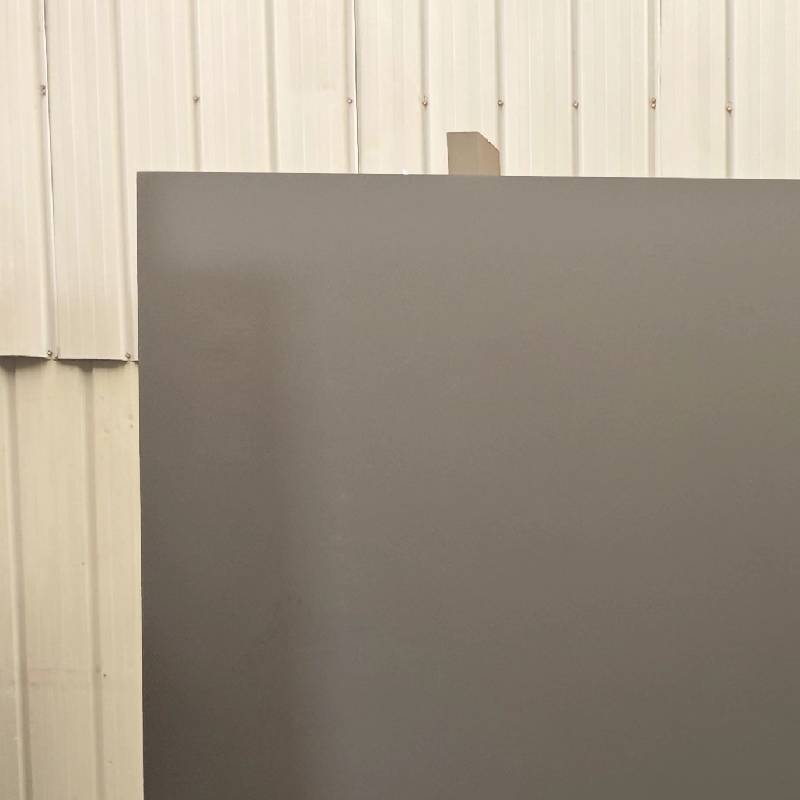

Tempered Laminated Glass A Perfect Blend of Safety and Aesthetics
Tempered laminated glass has become increasingly popular in various applications due to its unique combination of safety, durability, and aesthetic appeal. As modern architecture emphasizes natural light and open spaces, tempered laminated glass emerges as a front-runner, meeting both functional and design needs.
Tempered glass, made through a controlled thermal process, is significantly stronger than ordinary glass. It is heated to high temperatures and then rapidly cooled, which enhances its strength and thermal resistance. This type of glass is resistant to thermal stress, making it an ideal choice for environments that experience extreme temperature variations. When combined with lamination, the result is a robust material that offers even greater safety features.
Laminated glass consists of two or more glass layers bonded together with a durable interlayer, usually made of polyvinyl butyral (PVB). This interlayer not only holds the layers together but also provides sound insulation and UV protection. In case of breakage, tempered laminated glass remains intact, the shards adhere to the interlayer, preventing injuries and maintaining structural integrity. This characteristic makes it a preferred choice in high-traffic areas such as commercial buildings, schools, and public transport stations.

The safety advantages of tempered laminated glass are further complemented by its aesthetic qualities. Available in various shades and finishes, this type of glass enhances the visual appeal of any structure. Architects and designers appreciate its versatility, allowing for creative freedom in both commercial and residential applications. Whether it’s for large windows, sliding doors, skylights, or glass facades, tempered laminated glass can harmoniously blend with any design concept while providing essential safety features.
Another critical aspect of tempered laminated glass is its energy efficiency. The interlayer can be treated to block harmful UV rays, reducing heat buildup and contributing to energy savings. This energy performance aligns with eco-friendly building standards and helps in lowering utility costs, making it a practical choice for sustainable construction.
Moreover, the use of tempered laminated glass is supported by building codes and regulations, which often mandate the use of safety glass in specific applications. Its compliance with safety standards ensures that architects and builders can confidently integrate it into their projects, knowing they are adhering to regulations for public safety.
In conclusion, tempered laminated glass represents a remarkable innovation in building materials. By combining enhanced safety, aesthetic flexibility, and energy efficiency, it meets the diverse needs of modern architecture. As the demand for safer and more visually appealing designs continues to grow, tempered laminated glass stands out as a reliable and stylish choice for both residential and commercial spaces. Its multifaceted benefits redefined standards in construction, blending form and function seamlessly, making it a staple in contemporary building practices.